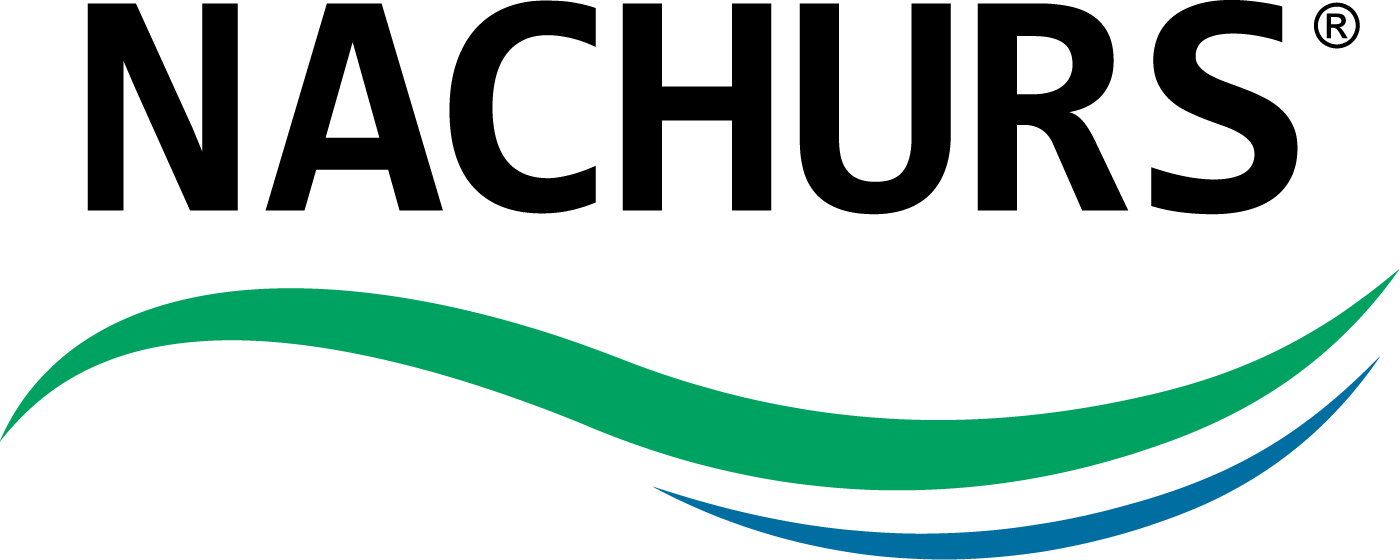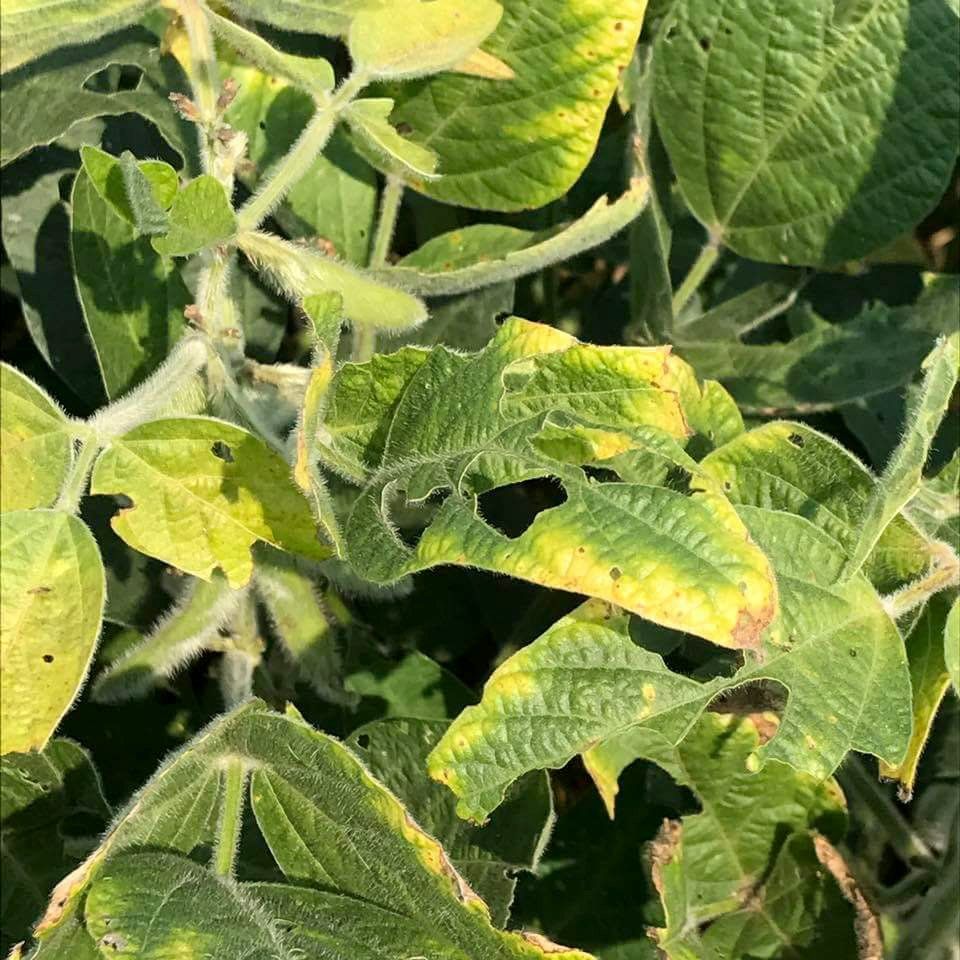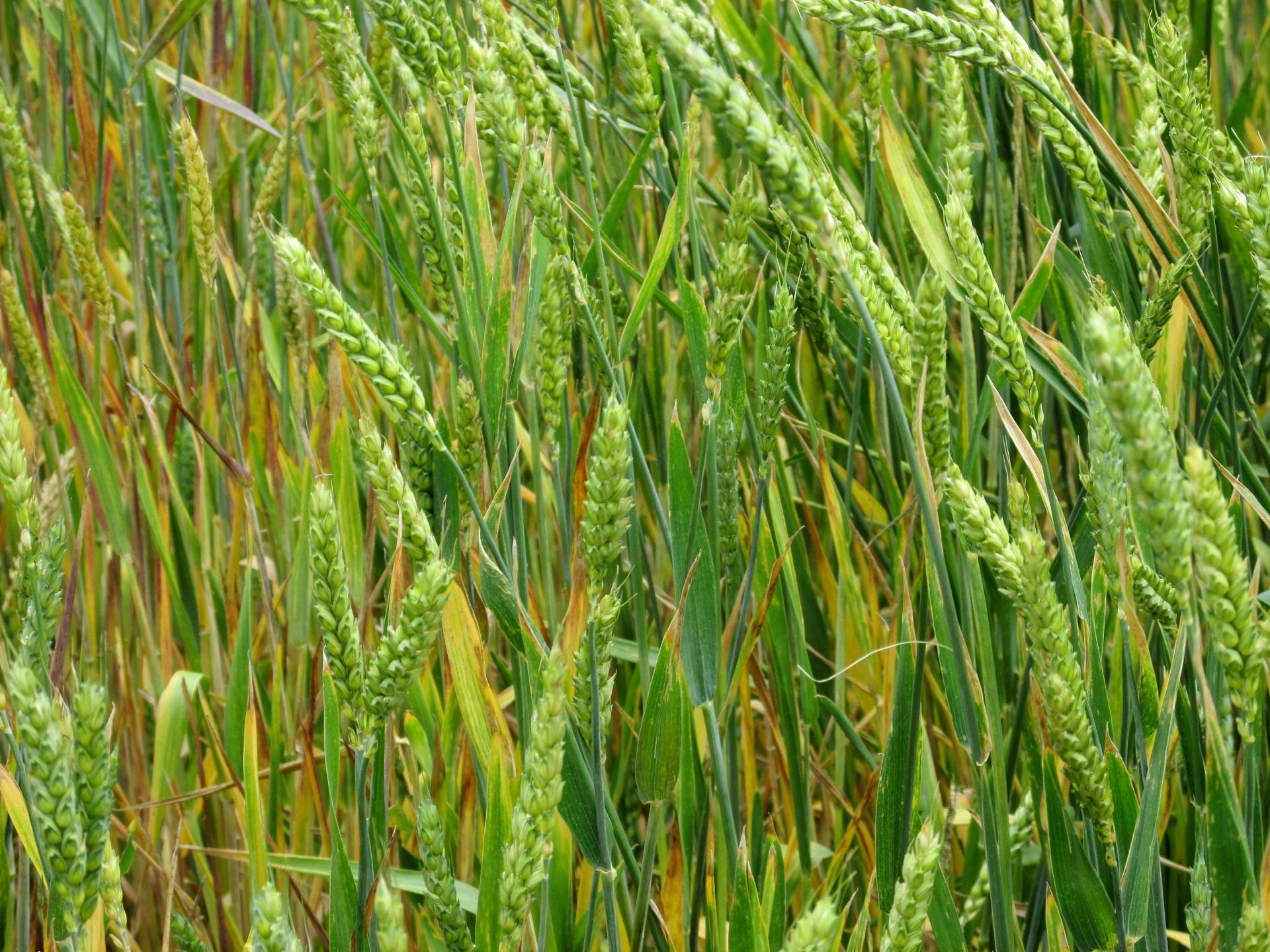Nutrient Demands and Deficiencies
All plants, whether it be corn, soybeans, wheat, cotton, cranberries, or canola, require nutrients for proper growth and development. About 90-95% of plant dry matter is composed of carbon, hydrogen, and/or oxygen. The remaining 5-10% is obtained from the soil and/or from fertilizer supplied by the farmer. We all understand the importance of Primary Nutrients (nitrogen, phosphorus, potassium) in achieving production goals that are set each year. However, we often forget the importance of Secondary Nutrients (calcium, magnesium, sulfur) and Micronutrients (boron, copper, iron, manganese, molybdenum, zinc) in the overall process of plant growth and development. Although these nutrients are required in much smaller quantities, they are essential for completion of many physiological cycles and processes within the plant. In many cases, plants cannot fully utilize primary nutrients without adequate supplies of secondary and/or micronutrients supplied at the appropriate time. Below is a listing of functions these nutrients provide within the plant.
Most of the Secondary and Micronutrients can be provided to plants in a chelated form with the exception of sulfur, boron, and molybdenum. Chelation allows nutrients to remain available to the plant even if environmental conditions are less than optimal. There are many forms of chelates that can be used, ranging from EDTA, citric acid, amino acids, and organic acids just to name a few. In general, EDTA chelates are by far the most stable and are the only form that can be safely added to true, clear NPK solutions (i.e. NACHURS orthophosphates). NACHURS Micronutrients (9% Zn, 6% Mn, 4.5% Fe, 3% Ca, 2.5% Mg, 7.5% Cu, 10% Boron) offer a wide range of uses under a vast array of growing environments. Ask for NACHURS Micronutrients today from your local NACHURS dealer so YOU don’t get left behind!
















